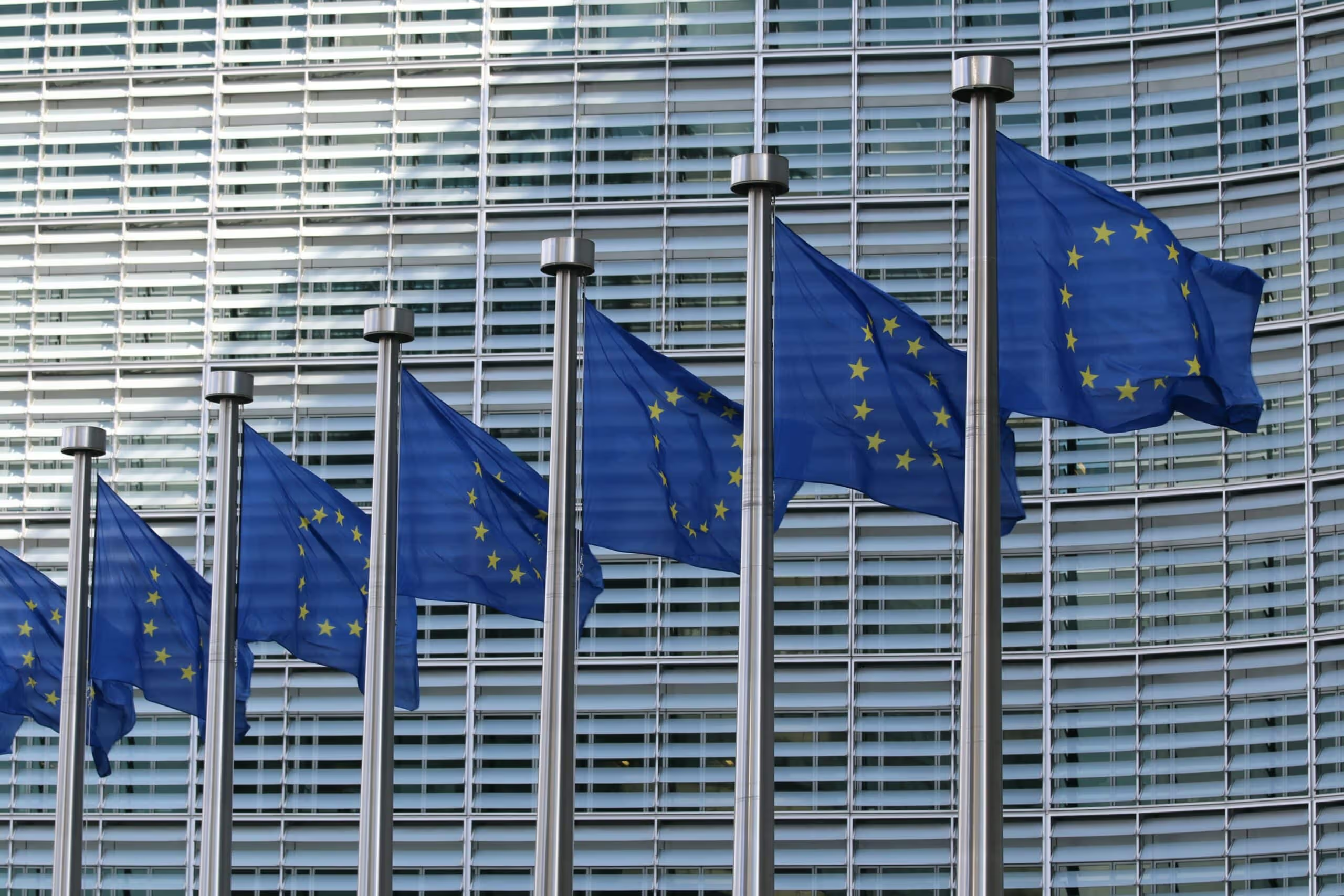
The EU's 6th Anti-Money Laundering Directive (6AMDL)
The European Union’s AML directives aim to protect financial systems from money laundering and terrorist financing. Although each member state can design a unique framework to support these directives, they serve as common goals for each of them. Failing to comply with these legal procedures can also lead to punitive actions like fines and penalties.
What is 6AMLD?
The 6th Anti-Money Laundering Directive (6AMLD), officially known as Directive (EU) 2018/1673, came into force for EU member states on December 3, 2020, with implementation required by June 3, 2021. This directive builds on its predecessor, 5AMLD, by expanding criminal liability, standardising offenses, and strengthening enforcement across the European Union.
Although the UK chose not to implement 6AMLD due to Brexit, the directive remains a critical standard for EU-based financial institutions and global firms operating within EU jurisdictions.
The primary goals of 6AMLD are to:
- Broaden the definition of money laundering and related predicate offenses
- Harmonize legislation across member states
- Clarify and expand criminal liability
- Strengthen cooperation between EU countries in cross-border cases
- Impose harsher penalties and corporate accountability
{{snippets-guide}}
Key Developments Introduced by 6AMLD
1. Expanded Predicate Offences
6AMLD standardises the definition of money laundering across the EU by introducing a list of 22 predicate offences. These now include:
- Tax crimes
- Environmental crime
- Cybercrime (included for the first time)
- Human trafficking and migrant smuggling
- Corruption and fraud
- Illicit arms trafficking
The inclusion of cybercrime and environmental offenses reflects the EU’s intent to keep pace with evolving criminal methodologies.
2. Criminalisation of Aiding, Abetting, and Attempting
In contrast to earlier directives, 6AMLD criminalises not only those who directly launder funds, but also individuals who aid, abet, incite, or attempt to commit money laundering. This expands enforcement capabilities and holds enablers accountable.
3. Corporate Criminal Liability
One of the most significant updates in 6AMLD is the extension of criminal liability to legal persons, such as corporations. Organisations can be held responsible if:
- They directly commit a money laundering offence
- They fail to prevent individuals within the organisation from carrying out such offences
Senior management and compliance officers are now under greater pressure to ensure that internal AML programs are effective and enforceable.
4. Minimum Penalties and Sanctions
6AMLD raises the minimum prison sentence for money laundering to four years, up from the previous one-year minimum. In addition to imprisonment, courts may impose:
- Heavy financial penalties
- Disqualification from public funding
- Exclusion from public tenders
- Judicial supervision
- Temporary or permanent closure of the entity
This signals the EU’s commitment to stricter and more uniform enforcement across member states.
5. Enhanced Cooperation Across Member States
6AMLD strengthens cross-border judicial and law enforcement collaboration. Member states are now required to:
- Recognise predicate offences committed in another jurisdiction (dual criminality)
- Coordinate investigations and prosecutions across borders
- Consider key jurisdictional factors such as the residence of the offender, the location of the victim, and where the offence took place
This alignment facilitates a more cohesive response to transnational financial crime.
Implications for Regulated Entities in 2025
Organisations subject to EU regulation are expected to maintain a rigorous, risk-based AML compliance framework. Compliance obligations under 6AMLD include:
- Continuous customer due diligence (CDD), including politically exposed persons (PEP) and sanctions screening
- Ongoing transaction monitoring and alert systems
- Suspicious activity reporting to relevant financial intelligence units (FIUs)
- Internal controls to prevent employee misconduct and collusion
- Comprehensive AML training programs for all relevant personnel
- Appointment of a designated Money Laundering Reporting Officer (MLRO)
Manual systems are no longer viable. Institutions are increasingly turning to automated AML solutions that integrate real-time data analytics, risk scoring, and regulatory updates to ensure continuous compliance.
Looking Ahead
While 6AMLD remains in full force, 2025 marks a new chapter in EU AML regulation. The proposed creation of a centralised EU Anti-Money Laundering Authority (AMLA) is underway, intended to oversee and harmonise supervision across member states. This reflects a broader shift toward greater centralisation and standardisation of AML oversight.
In the interim, 6AMLD continues to set the foundation for accountability, enforcement, and cross-border cooperation.
{{snippets-case}}
Conclusion
6AMLD represents a comprehensive and modernised approach to tackling financial crime within the EU. By broadening the list of offences, reinforcing corporate responsibility, and strengthening cooperation among member states, it has elevated the compliance expectations placed on organisations.
For any business operating in or engaging with the EU market, robust AML compliance is not only a legal requirement but a strategic imperative. As regulatory enforcement intensifies in 2025 and beyond, proactive compliance will remain the best defence against financial, operational, and reputational risk.
In summary, the EU’s 6th Anti-Money Laundering Directive strives to change the way individuals and organizations are held accountable for not only committing financial crimes but also enabling them. This expansion of regulatory scope also includes a clear outline from member states to work together to investigate money laundering across jurisdictions while creating standard definitions and methodology is when it comes to the legislation.
As a result, regulated businesses will have to adapt their AML compliance programs (including constant monitoring and scan of customers and business partners against Sanctions Lists and Politically Exposed Persons -PEP- Lists) to ensure that they are complying with these new regulations – otherwise, they could be held criminally liable!
Photo by Guillaume Périgois on Unsplash



